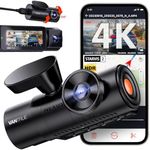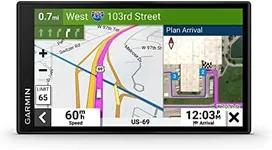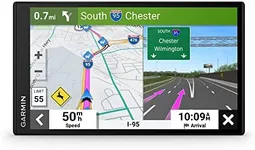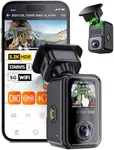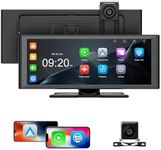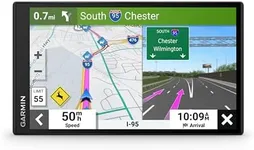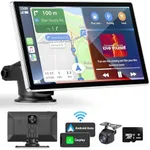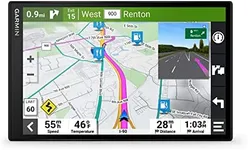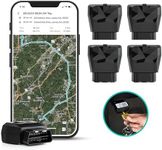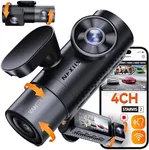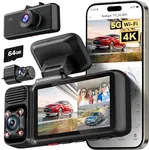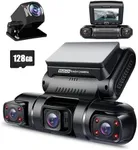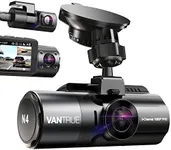Buying Guide for the Best Car Gps
Choosing the right car GPS can significantly enhance your driving experience by providing accurate navigation, real-time traffic updates, and various other features. To make an informed decision, it's important to understand the key specifications and how they align with your needs. Here are the main aspects to consider when selecting a car GPS system.Screen SizeThe screen size of a car GPS is important because it affects how easily you can view maps and directions while driving. Screen sizes typically range from 4 inches to 7 inches. Smaller screens (4-5 inches) are more compact and can be easier to fit in smaller cars, but they may be harder to read at a glance. Larger screens (6-7 inches) provide better visibility and are easier to interact with, but they can take up more space on your dashboard. Choose a screen size that balances visibility and space in your vehicle.
Map CoverageMap coverage refers to the geographical areas that the GPS can navigate. This is crucial because it determines where you can use the device effectively. Some GPS units come with maps for a single country or region, while others offer broader coverage, including multiple countries or even continents. If you frequently travel internationally, a GPS with extensive map coverage is beneficial. For local or regional travel, a device with maps specific to your area will suffice.
Real-Time Traffic UpdatesReal-time traffic updates provide information about current traffic conditions, helping you avoid congestion and find the fastest routes. This feature is important for saving time and reducing stress during your commute. GPS units with this feature typically use data from various sources, such as traffic sensors and user reports. If you often drive in busy urban areas, a GPS with real-time traffic updates can be very useful. For rural or less congested areas, this feature may be less critical.
Voice GuidanceVoice guidance allows the GPS to provide spoken directions, so you don't have to constantly look at the screen. This is important for safety, as it helps you keep your eyes on the road. Voice guidance can vary in quality, with some units offering clear, natural-sounding voices and others using more robotic tones. If you prefer hands-free navigation and want to minimize distractions, look for a GPS with high-quality voice guidance.
Points of Interest (POI)Points of Interest (POI) are locations that might be useful or interesting to drivers, such as gas stations, restaurants, and landmarks. A GPS with a comprehensive POI database can help you find these locations easily. This feature is particularly useful for long trips or when you're in unfamiliar areas. If you often travel to new places or like to explore, a GPS with a rich POI database will enhance your experience. For routine commutes, this feature may be less essential.
User InterfaceThe user interface of a car GPS affects how easy it is to use the device. A good user interface is intuitive, responsive, and easy to navigate. This is important because it ensures you can quickly input destinations and access features without getting frustrated. Look for a GPS with a simple, straightforward interface, especially if you're not very tech-savvy. If you enjoy customizing settings and exploring advanced features, a more complex interface might be suitable.
Battery LifeBattery life determines how long the GPS can operate without being plugged into a power source. This is important for situations where you might not have access to a car charger. Most car GPS units are designed to be used while plugged in, but having a longer battery life can be useful for portability and convenience. If you plan to use the GPS outside of the car or want a backup in case of power issues, look for a model with a longer battery life. For regular in-car use, battery life is less critical.
Update FrequencyUpdate frequency refers to how often the GPS maps and software are updated. Regular updates are important to ensure you have the latest road information and features. Some GPS units offer free lifetime updates, while others may require a subscription or one-time fee. If you want to keep your navigation accurate and up-to-date, choose a GPS with frequent and easy-to-access updates. For occasional use, less frequent updates might be acceptable.
